Feature
What Is “JUNKAN”? Exploring the Concept with 10 Key Individuals
If someone were to ask you about the meaning of "JUNKAN," how would you respond?
You might begin by contemplating something familiar to you, perhaps a shirt recently purchased from a second-hand clothes store. Once worn by another and having fulfilled its purpose, it becomes a significant part of your life, eventually passing on to someone else, creating a continuous cycle. Alternatively, you could reflect on something even more personal, such as the blood circulating through our bodies—pumped out by our hearts and flowing seamlessly throughout. On a grander scale, the changing seasons repeating each year as the earth rotates can also be viewed as a form of "JUNKAN" or cycle.
Let's delve into the concept of "JUNKAN" together, exploring the perspectives of 10 individuals including designers, a biologist, a photographer, a comedian, and more, as presented by Monthly JP pavilion.

Copywriter
Junpei Watanabe
A force of immense power and profundity, one that should never be resisted or disturbed.
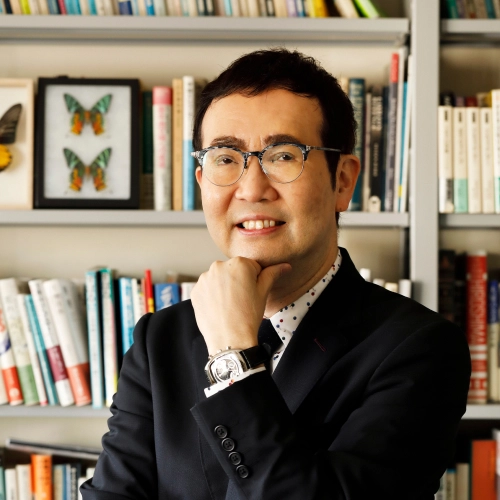
Biologist/Signature Pavilion “Dynamic Equilibrium of Life” Producer
Shin-ichi Fukuoka
Dynamic equilibrium represents the state of life wherein order is continually rebuilt through constant decomposition and synthesis, serving as the primary mechanism for life to counteract the cosmic principle of increasing entropy.
On the cellular level, the fundamental unit of life, components like cell membranes, proteins, and DNA persist in a perpetual state of dynamic equilibrium. Our individual organisms, composed of cell aggregates, also maintain life through the dynamic equilibrium of processes such as feeding and excretion as well as catabolism and assimilation. Zooming out to the macro perspective of ecosystems, the entire Earth functions as a system in dynamic equilibrium, wherein atoms, molecules like carbon and water, energy, and information consistently circulate through processes of separation and collection.
Life phenomena act as pivotal nodes in this cycle. The greater the number of nodes, the more robust the network of cycles becomes.
Hence, biological diversity plays a crucial role in supporting the dynamic equilibrium of the global environment.
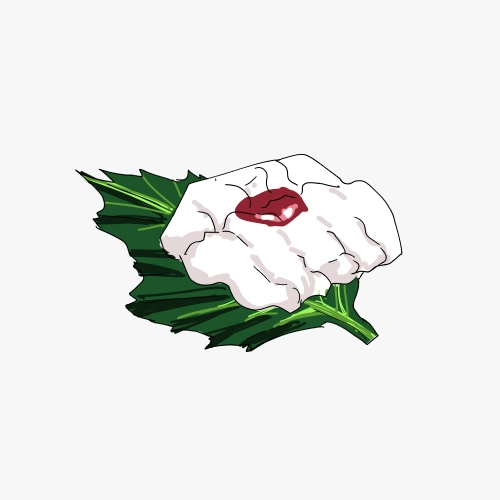
Manga Artist
Uoto
While I deeply admire Nietzsche, I found myself grappling with his concept of “eternal recurrence.” I was hesitant, as I believed the concept of a “reincarnation loop” might foster an inclination to defer decisions and consequences.
However, my perspective shifted one day when I realized that circumnavigating the circle entails having a vector in relation to it—a form of will, a beginning.
With each revolution, the circumference of the circle becomes denser, transforming the recurring life from mere vain repetition into a radical affirmation of will. It’s not about averting one’s gaze from the “end”; rather, it signifies the completion of the end, initiating a new cycle.
Why is this cycle essential? Because through its repetition, its routine, we undoubtedly gain confidence.
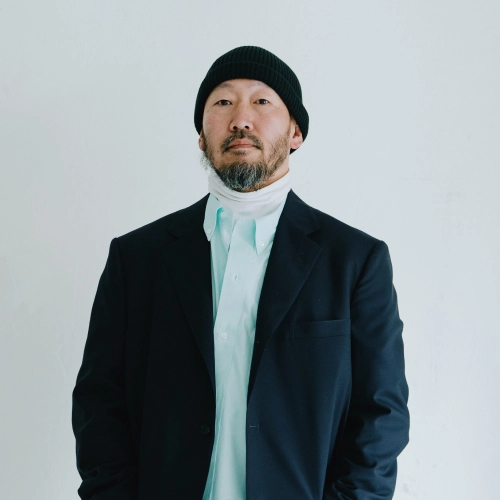
Creative Director/Buyer
Keiji Kaneko
Reflecting on why I am a buyer, I realize it’s my pleasure to unearth something new every day as I traverse the world.
My journey has led me to encounter and acquire a diverse array of items, spanning from the old to the new. This entails collecting and disseminating history and information from around the globe through clothing.
In a way, the role of a buyer as a mediator of things could be described as cyclical.
In the realm of fashion, trends are omnipresent. However, at my core, I’ve always embraced the aesthetic of selecting timeless items. My ongoing quest is to explore the enduring beauty inherent in items meant to be used “until they decay,” objects that people wish to diligently repair and continue using, and those they aspire to pass down to others once again.
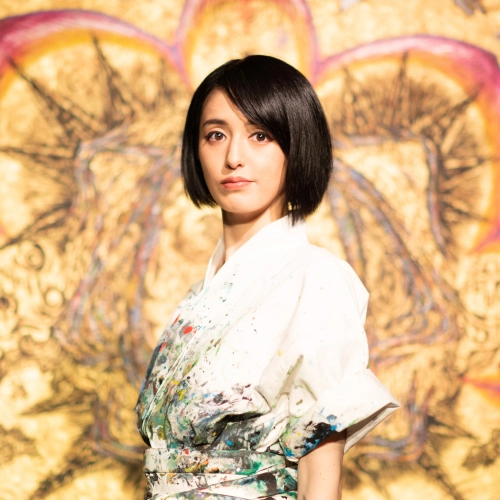
Artist
Miwa Komatsu
No matter how proficient we become or how deeply we immerse ourselves in the comparative metrics of existence, I hold firm to the belief that our lives are integral threads in the tapestry of the universe. I perceive the cosmos as engaged in a perpetual dance of “JUNKAN” – a cycle marked by destruction and renewal, tirelessly striving for equilibrium. Just as the stars, myriad and majestic, are interwoven in Indra’s web, so too are we intertwined with them.
Within the “JUNKAN” of life’s luminous energy, I discern a profound harmony, a realm devoid of prejudice where all life is assessed on equal footing.
I fervently aspire to be a beacon in the darkness, transcending the confines of our physical forms as the brilliance of our souls becomes the sole illumination. With hands clasped in prayer, I beseech for the flourishing of countless souls.
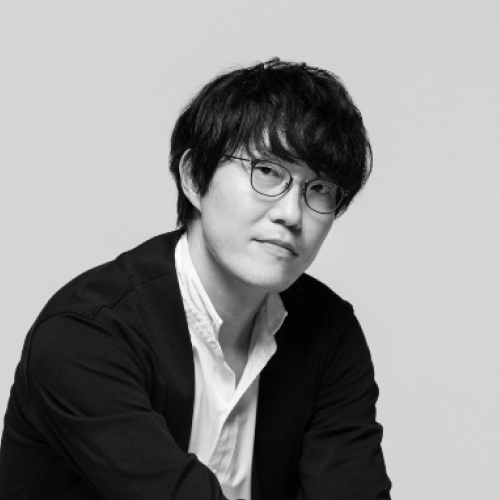
Designer
Japan Pavilion General Producer/Designer
Oki Sato
As a designer, I perceive the generation of ideas as an inherent example of “JUNKAN.”
Ideas don’t spontaneously descend from the heavens; rather, they emerge from the consistency of our daily rituals. Wearing the same attire, strolling the same path, and sipping coffee at the identical spot daily, we discern subtle variations in our routine, giving rise to new ideas.
This can be described as a gentle intertwining of the “JUNKAN” of various traits and cycles, all the while remaining mindful of each one individually.
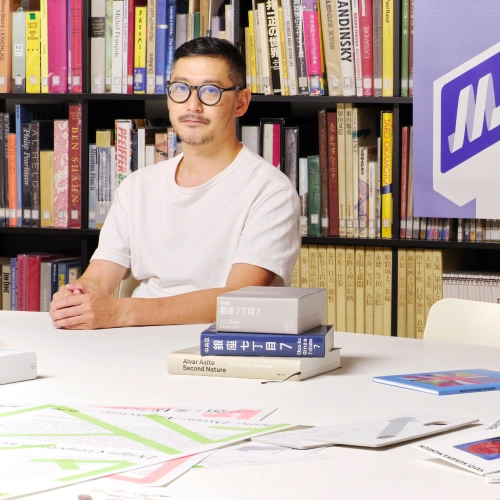
Art Director/Graphic Designer
Yoshiaki Irobe
Every individual is a part of a cyclical circle.
However, for a single person, comprehending the entire ongoing circle is a challenging task, even though they may perceive the segment of the circle where they currently exist.
Historically, many things have been created without envisioning the consequences of their breakdown or the completion of their role.
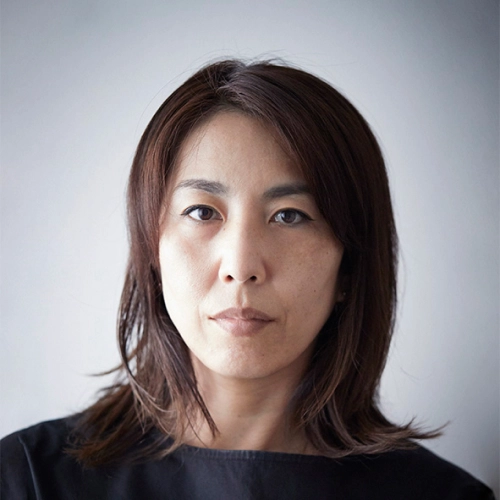
Photographer
Tamaki Yoshida
Before me lies a bear carcass, nearly reduced to bones and skin, its form barely recognizable. A multitude of maggots, having consumed most of the decaying flesh, were attempting to disperse from the carcass, resembling a river. I captured this scene on a summer day behind a rock on the beach.
A living creature thrives, consumes food, excretes it, and eventually perishes. Another life thrives from that demise, excretes it, and meets its own end.
This endlessly reiterated cycle of life and death serves as the fundamental mechanism by which ecosystems uphold a sustainable balance.
In contemporary Japan, most of us undergo cremation and find our resting place in a grave upon death. This has resulted in a disconnection from the natural world’s cycle.
How do shifts in human lifestyles impact this pure cycle? The scenes I observe in nature consistently prompt me to ponder this question.
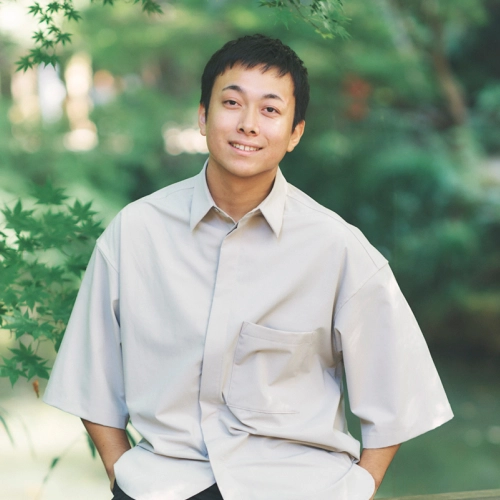
President of Biota Inc.
Kohei Ito
Microorganisms inhabit various environments, including the natural world, our bodies, and cities, where they break down substances and circulate nutrients to sustain other organisms. They serve a distinctive role as “decomposers” in the ecosystem.
While contemporary perspectives often associate cycles with the movement of resources solely within human society, involving processes like upcycling various products and materials, a broader ecological perspective involves microorganisms decomposing materials. By allowing discarded materials to return to the soil and establishing a cycle that benefits other living organisms, it becomes possible to stimulate the expansion of the ecosystem.
In the truest sense, “JUNKAN” represents the movement of materials encompassing all living creatures on Earth, extending beyond human society. It may materialize when humans develop a genuine sense of “how to discard” to facilitate proper cycling.
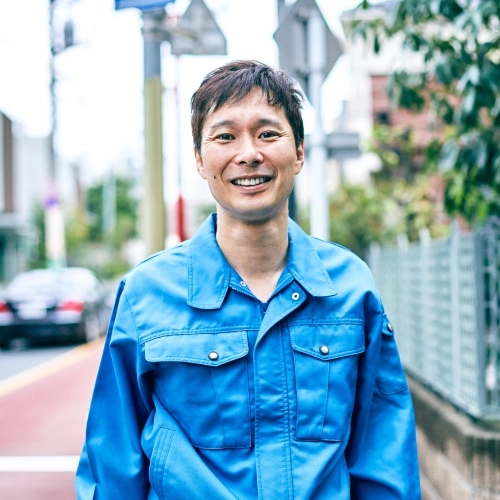
Comedian/Sanitation Worker
Shuichi Takizawa
When I’m doing waste collection work, I observe that some items, though easy to acquire, pose a challenge when it comes to disposal. Envision a scenario where the items you currently hold in your hands, such as soil, mobile batteries, and other lithium-ion batteries will, one day, transform into trash. Contemplating how we discard things and questioning their necessity prompts a shift in our behavior.
Throughout the history of mankind, prioritizing acquisition “because we don't have enough or because we want it” has prevailed, placing our generation and the next in challenging situations.
Our responsibility is to envision the eventual disposal of items and act accordingly. The essence of the cycle involves contemplating the journey’s end and adjusting our actions in an appropriate manner.
Let’s Share!
Does it have a definition? Does it have a shape? What exactly is “JUNKAN”?
Share your Monthly JP pavilion and circulate your thoughts.
Related Articles

01/03
Manga That Teaches You the “JUNKAN” of Life: Circles
If you look at the big picture, human being is a very small part of the ecosystem. We are kept alive by others.
Read more
02/03
“JUNKAN” Here, “JUNKAN” There. Embark on a Journey Through a Cycle of X Meters from Within Me.
What defines a cycle? It's in your body, in the cityscape, in the mountains, in the universe, and conceivably beyond.
Read more











